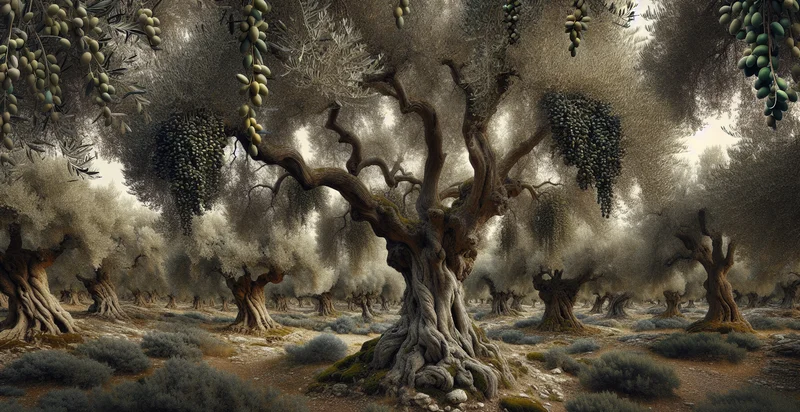Identify fig tree species
using AI
Below is a free classifier to identify fig tree species. Just upload your image, and our AI will predict what fig tree species it is - in just seconds.

Contact us for API access
Or, use Nyckel to build highly-accurate custom classifiers in just minutes. No PhD required.
Get started
import nyckel
credentials = nyckel.Credentials("YOUR_CLIENT_ID", "YOUR_CLIENT_SECRET")
nyckel.invoke("fig-tree-species", "your_image_url", credentials)
fetch('https://www.nyckel.com/v1/functions/fig-tree-species/invoke', {
method: 'POST',
headers: {
'Authorization': 'Bearer ' + 'YOUR_BEARER_TOKEN',
'Content-Type': 'application/json',
},
body: JSON.stringify(
{"data": "your_image_url"}
)
})
.then(response => response.json())
.then(data => console.log(data));
curl -X POST \
-H "Content-Type: application/json" \
-H "Authorization: Bearer YOUR_BEARER_TOKEN" \
-d '{"data": "your_image_url"}' \
https://www.nyckel.com/v1/functions/fig-tree-species/invoke
How this classifier works
To start, upload your image. Our AI tool will then predict what fig tree species it is.
This pretrained image model uses a Nyckel-created dataset and has 17 labels, including Almond Fig, Bensonhurst Purple Fig, Black Mission Fig, Bordeaux Fig, Brown Turkey Fig, Brunswick Fig, Calimyrna Fig, Common Fig, Fig Leaf Fig and Hardy Chicago Fig.
We'll also show a confidence score (the higher the number, the more confident the AI model is around what fig tree species it is).
Whether you're just curious or building fig tree species detection into your application, we hope our classifier proves helpful.
Related Classifiers
Need to identify fig tree species at scale?
Get API or Zapier access to this classifier for free. It's perfect for:
- Biodiversity Conservation: This function can be employed by environmental organizations to monitor and classify fig tree species in various ecosystems. By identifying the specific species present, conservationists can make informed decisions about habitat protection and restoration efforts.
- Agricultural Management: Farmers and agricultural extension services can utilize this classification tool to assess fig tree health and species diversity on their farms. Accurate identification can lead to tailored cultivation practices, improving crop yield and sustainability.
- Tourism and Education: Eco-tourism operators can integrate this function into their guided tours or educational programs to teach visitors about native fig tree species. Providing interactive information about local flora enhances the visitor experience and promotes environmental awareness.
- Urban Planning: City planners can use the identification tool in urban forestry initiatives to promote biodiversity in urban areas. By accurately identifying fig tree species in parks and green spaces, planners can optimize planting strategies and maintenance schedules for improved ecosystem services.
- Research and Academia: Researchers studying plant biodiversity and ecology can use this classification function to facilitate field studies on fig trees. It allows for the efficient collection of data on species distribution and their ecological roles in various environments.
- Pest and Disease Management: Agricultural and forestry stakeholders can leverage this functionality to quickly identify fig tree species affected by pests or diseases. Early detection enables timely intervention, minimizing damage and providing tailored treatment options based on the specific tree species.
- Market Trade Analysis: Businesses involved in the trade of fig trees can utilize this classification function to assess market demands for specific species. By understanding which species are popular among consumers, businesses can refine their inventory and marketing strategies to increase sales.


